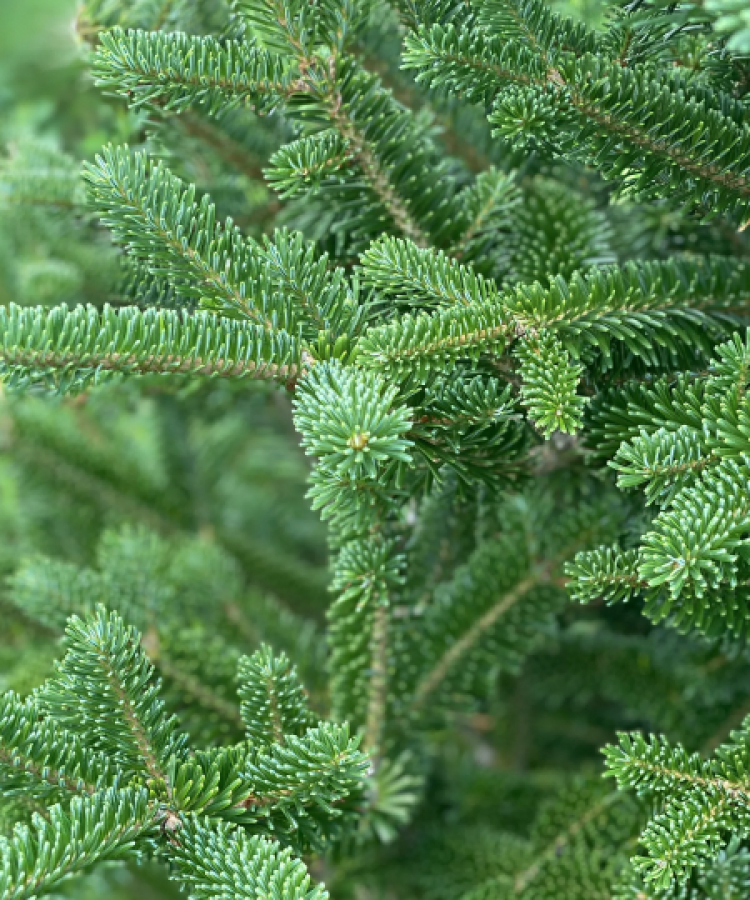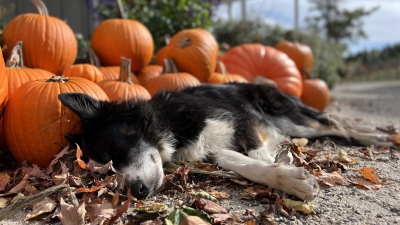The best varieties of farm-fresh trees
All of our trees are selected for the best fragrance and needle retention. The trees spend two years in our nursery before they are planted out in the fields. Each tree is individually hand-pruned each summer for the eight to ten years it takes for a tree to reach the appropriate size to become a family's Christmas tree. Our tree fields are managed using environmentally sound and sustainable farming methods.


Blue Spruce, Balsam Fir
Blue Spruce (Picea pungens)
The classic Christmas tree. The Blue Spruce (or “Colorado Spruce”) is found natively throughout the central Rocky Mountains and is well adapted to our local growing conditions. Ranging in color from dark green to powder blue, this prickly evergreen with short needles has strong branches, a pleasing aroma, and a natural pyramid shape. This is a great tree for families with large ornament collections.
Balsam Fir (Abies balsamea)
The Balsam Fir is often called the "old-fashioned" Christmas tree. Needles are medium green, flat, closely arranged on the twigs, and highly aromatic. This was the traditional Christmas tree prior to Christmas tree farming and is native to northern New England and eastern Canada.


Douglas Fir, Fraser Fir
Douglas Fir (Pseudotsuga menziesii)
The Douglas Fir’s soft needles are medium in length and range from light green to blue in color. "Doug" fir has a pleasant fragrance and supports decorations nicely. This tree is one of the most popular Christmas trees throughout the United States due to its extensive native range spanning most of western North America.
Fraser Fir (Abies fraseri)
The Fraser Fir is very similar to the Balsam Fir and is native to the Smoky Mountains of western North Carolina. The Fraser Fir has silver-green needles, a fragrant aroma and wonderful symmetry.

Angel White Pine (Pinus strobus)
Long, silver-green needles and soft branches grace this delicate looking tree. The Angel White Pine looks beautiful with tiny recessed lights, small lightweight ornaments and lots of tinsel. The white pine is a native species of Connecticut.



